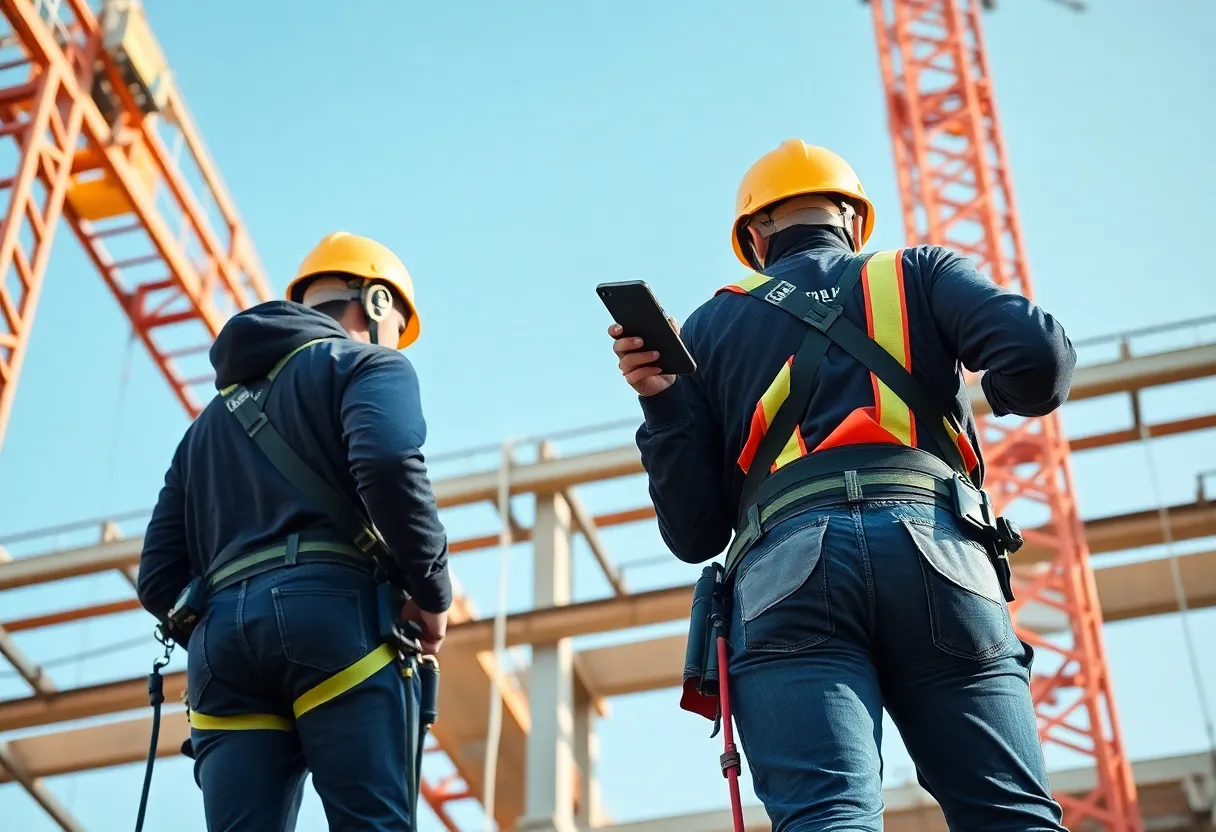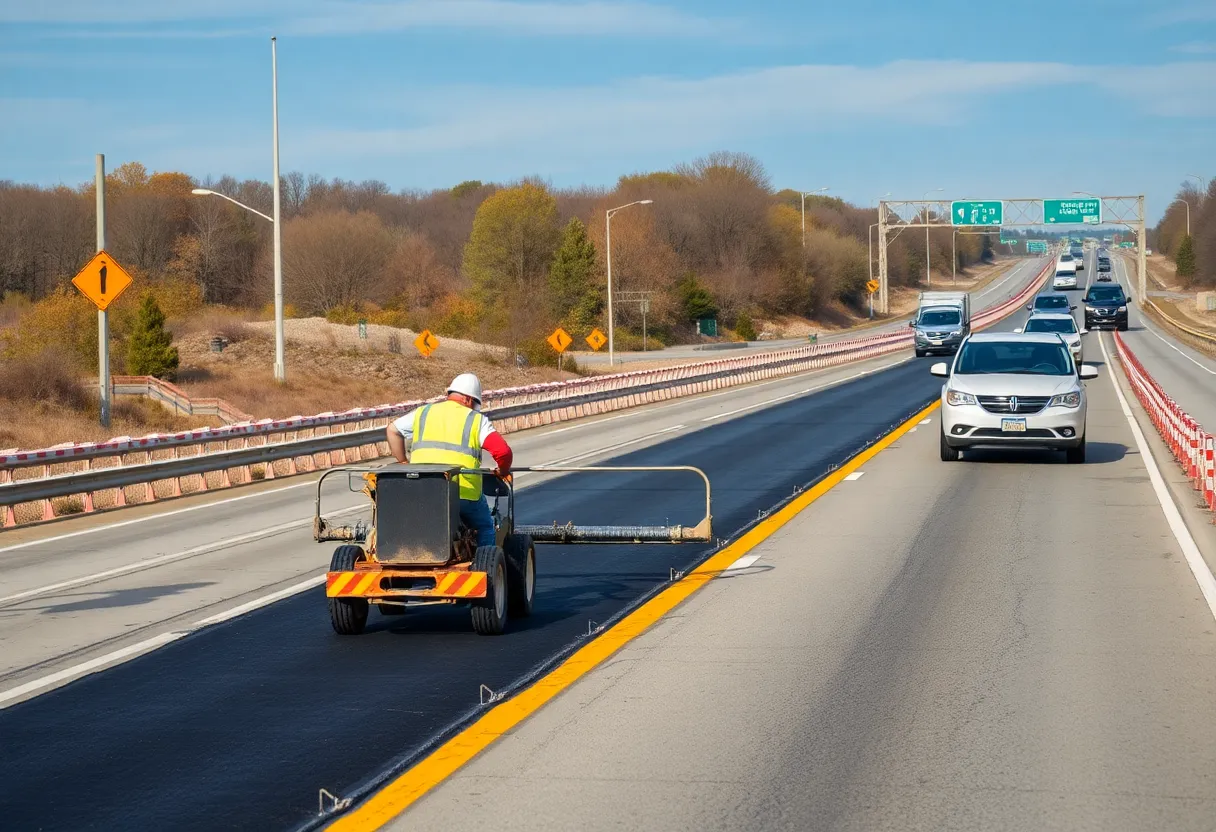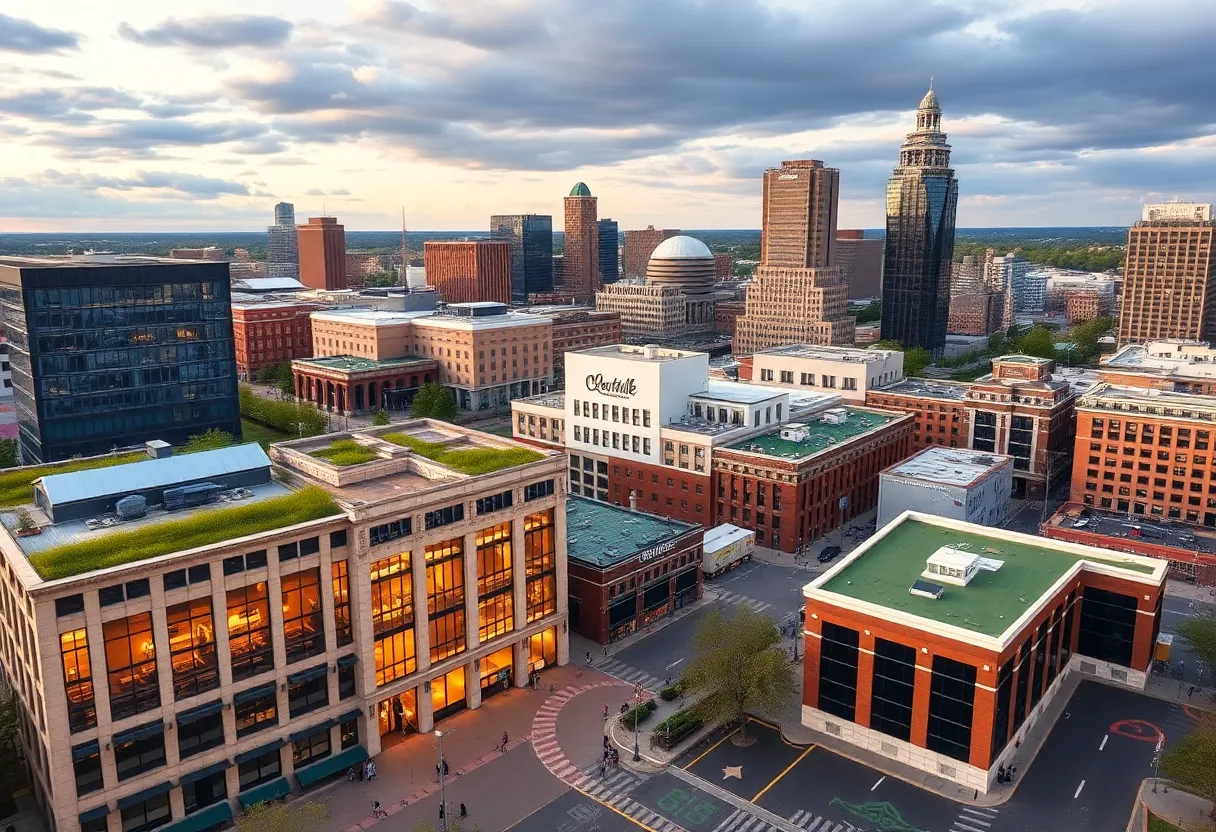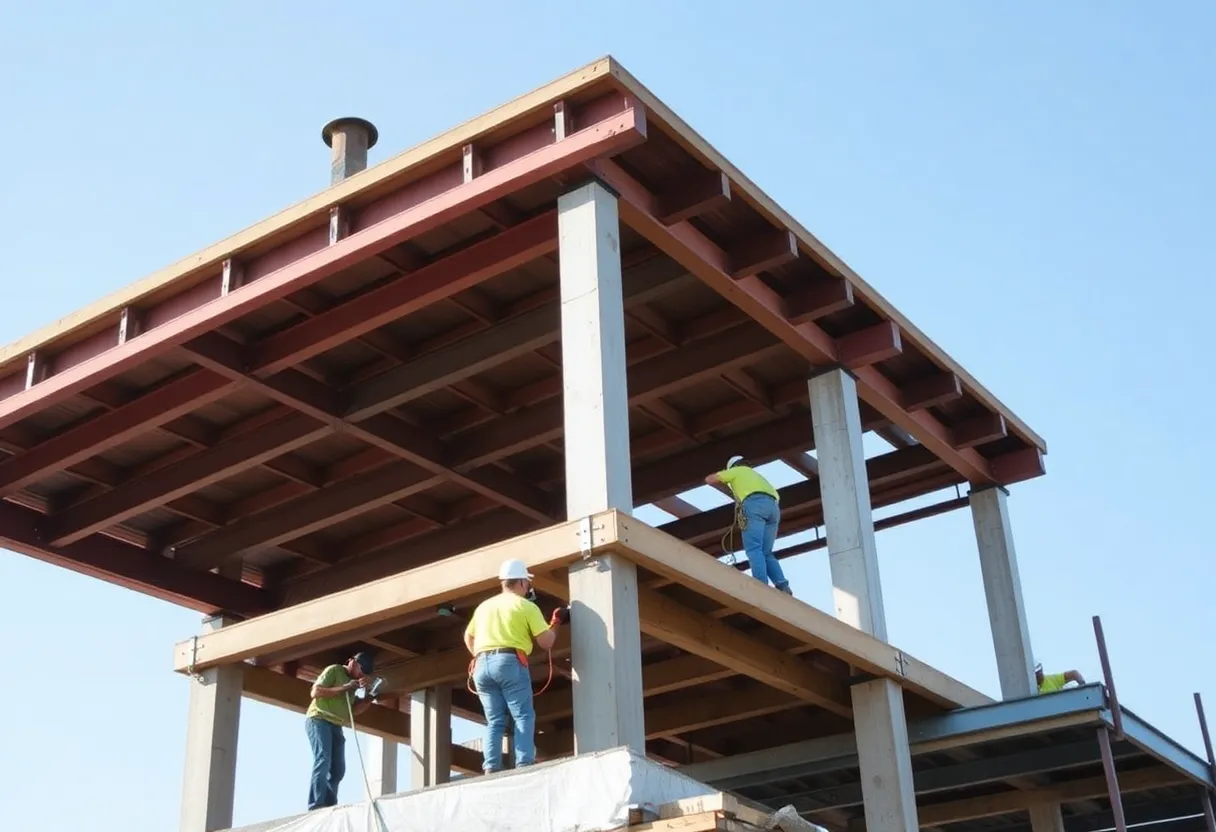News Summary
A tragic incident in Massachusetts highlights the dangers of construction work, as a worker tragically falls to his death. This has sparked debates about the role of AI in enhancing safety protocols amid rising fatalities in the sector. Experts discuss the emergence of AI tools like Safety AI for better risk assessments while recognizing concerns from workers about job security and privacy. The future of AI in construction remains a complex discussion between technological advancement and ensuring human oversight.
Advancements in AI Construction Safety Tools Prompt Mixed Reactions Following Tragic Worker Fall in Massachusetts
In a tragic incident on a construction site in Edgartown, Martha’s Vineyard, a 32-year-old construction worker, Jose Luis Collaguazo Crespo, lost his life after falling from a ladder. This unfortunate event occurred while he was engaged in an affordable housing project. Crespo slipped from a ladder positioned on the second floor, resulting in a fall that sent him tumbling down to the basement where he struck the cement floor.
This incident adds to the staggering statistic of over 1,000 fatalities among construction workers each year in the United States, underscoring that the construction industry remains one of the most dangerous fields, particularly due to issues relating to slips, trips, and falls. In the wake of this tragedy, discussions around construction safety have intensified, especially regarding the increasing use of artificial intelligence.
Debates on Safety and Innovation in Construction
During a recent presentation at Construction Innovation Day 2025 held at the University of California, Berkeley, industry entrepreneur Philip Lorenzo touched on the struggle between maintaining strict safety protocols and driving productivity on construction job sites. This ongoing conflict has led to innovations in safety tools, particularly in the area of AI technology.
Lorenzo has been developing a novel safety tool known as Safety AI for DroneDeploy. This tool emerged in October 2024 and utilizes reality capture imagery to identify Occupational Safety and Health Administration (OSHA) violations with an impressive 95% accuracy rate. It is currently employed on hundreds of construction sites across the U.S., with adaptations made for regulations in other countries including the United Kingdom, Canada, South Korea, and Australia.
How Safety AI Works
Safety AI represents a significant advancement in construction safety technology. Unlike previous tools that primarily detected objects, this system relies on generative AI to analyze and assess on-site conditions. This allows for a deeper understanding of potential safety violations, which is essential in enhancing job site safety.
To train the AI effectively, a “golden data set” consisting of tens of thousands of OSHA violation images has been compiled. It is important to note that while the AI can assist in identifying risks, it requires oversight from a seasoned safety inspector to ensure accurate assessments and decision-making.
Balancing Innovation with Worker Concerns
Despite the potential benefits that Safety AI and similar tools present, there are significant concerns among construction workers. Some individuals fear that these AI tools may act as “bossware,” infringing upon their privacy and risking their job security. This apprehension points to a broader concern about the impact of AI technology on employment within the sector.
Other companies, such as Safeguard AI, have opted for more traditional machine learning approaches to safety monitoring, citing the reliability of older methods over the promising yet unproven advantages of the newest AI technologies. Industry experts urge a balanced perspective, recognizing both the capabilities of AI in improving construction safety while also addressing the fears of dependency on technology that may jeopardize human oversight.
The Future of AI in Construction
As the building sector continues to evolve, the incorporation of AI for safety purposes is likely to remain a topic of lively discussion. While there is no denying that AI technologies offer exciting possibilities for improving work conditions, challenges such as system hallucinations and managing edge cases must be navigated. The mixed responses from industry professionals indicate a landscape where both technological innovation and human roles must coexist to promote safe working environments.
Deeper Dive: News & Info About This Topic
Additional Resources
- MIT Technology Review: How Generative AI Could Help Make Construction Sites Safer
- Vineyard Gazette: OSHA Fines Construction Company After Worker’s Death
- Martha’s Vineyard Times: Questions Linger After Second Edgartown Worker Death
- MassLive: GoFundMe Raises Money to Send Body of Construction Worker Killed in Mass to Ecuador
- Vineyard Gazette: Putting Safety First on the Island
- Wikipedia: Occupational Safety and Health
- Google Search: Construction Safety AI
- Google Scholar: AI in Construction Safety
- Encyclopedia Britannica: Construction Safety
- Google News: Construction Worker Fatalities
Author: Construction FL News
The FLORIDA STAFF WRITER represents the experienced team at constructionflnews.com, your go-to source for actionable local news and information in Florida and beyond. Specializing in "news you can use," we cover essential topics like product reviews for personal and business needs, local business directories, politics, real estate trends, neighborhood insights, and state news affecting the area—with deep expertise drawn from years of dedicated reporting and strong community input, including local press releases and business updates. We deliver top reporting on high-value events such as the Florida Build Expo, major infrastructure projects, and advancements in construction technology showcases. Our coverage extends to key organizations like the Associated Builders and Contractors of Florida and the Florida Home Builders Association, plus leading businesses in construction and legal services that power the local economy such as CMiC Global and Shutts & Bowen LLP. As part of the broader network, including constructioncanews.com, constructionnynews.com, and constructiontxnews.com, we provide comprehensive, credible insights into the dynamic construction landscape across multiple states.





